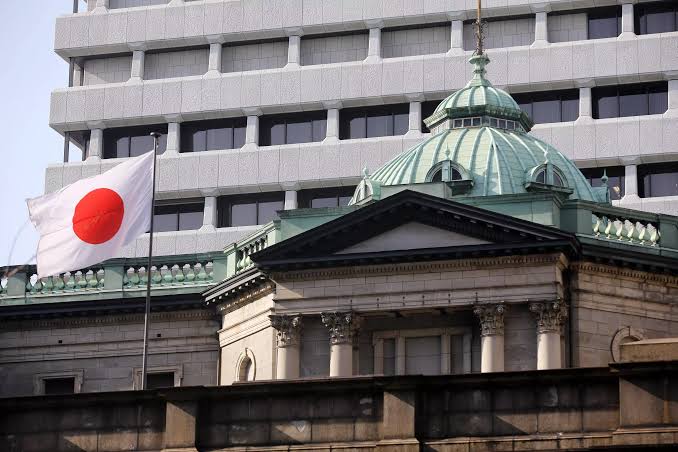
The yield on Japan’s benchmark 10-year government bond briefly touched 1% on Wednesday, marking the first time it has reached this level in approximately 11 years. This increase occurs amid investor speculation that the Bank of Japan (BOJ) may continue to move away from its longstanding ultra-loose monetary policy.
During Tokyo trading hours, the yield climbed two basis points from Tuesday’s close, hitting its highest point since May 2013.
The trigger for the JGB yield’s rise to 1% on Wednesday was an auction of 40-year ultralong-term government bonds, BBC reports.
The bond market has been under pressure since the BOJ announced a reduction in its bond purchase amount on May 13, interpreted by many as a signal of policy normalisation.
In March, the BOJ started normalising monetary policy by ending its hostile interest rate policy and yield cap program. These are critical components of its unorthodox monetary easing strategy that had been in place for around a decade. The shift has led to rising bond yields, which move inversely to bond prices.
“The Bank of Japan will prioritise reducing bond purchases over a rate cut,” said Naoya Hasegawa, chief bond strategist at Okasan Securities.
He added that the central bank might guide on further reducing bond buying after its policy meeting in June and potentially raise its policy rate if domestic consumption shows signs of recovery by July.
The 10-year JGB yield, often used as a benchmark for fixed mortgage interest rates and long-term corporate borrowing rates, has significant implications for the broader economy. A rise in government bond yields means the government must allocate more funds to service its debt.
The yield sank below 1% in April 2012 and stayed low due to aggressive monetary easing policies under former BOJ Governor Haruhiko Kuroda. The BOJ’s quantitative and qualitative easing expanded its balance sheet significantly, leading to low yields until this recent increase.
In response to the low long-term interest rates, which posed challenges for financial institutions and pension funds, the BOJ introduced the “yield-curve control” policy in 2016 to stabilise long-term yields. The apex bank eventually halted the policy. Despite these measures, the recent rise to 1% reflects ongoing adjustments to normalise monetary policy.
Read: 7 Students Die From Generator Fumes In Bayelsa Music Studio
About The Author
Related Articles
Burkina Faso: President Traoré Grants Sentence Reductions to 963 Prisoners
Burkina Faso’s President, Captain Ibrahim Traoré, has approved sentence reductions for 963...
ByIkenna ChurchillJanuary 15, 2026Mali: Goïta Announces National Consultations on Political Party Reform in 2026
Mali’s transitional president, General Assimi Goïta, has announced plans to launch national...
ByWest Africa WeeklyJanuary 15, 2026Mali: Fresh Terrorist Attack Hits Industrial Sites in Bafoulabé
A new armed attack struck the Bafoulabé district in Mali’s Kayes region...
ByWest Africa WeeklyJanuary 15, 2026Niger Revokes Licences of Drivers Who Refused to Deliver Fuel to Mali Amid Jihadist Attacks
Niger has revoked the licences of dozens of transport operators and drivers...
ByWest Africa WeeklyJanuary 15, 2026












